

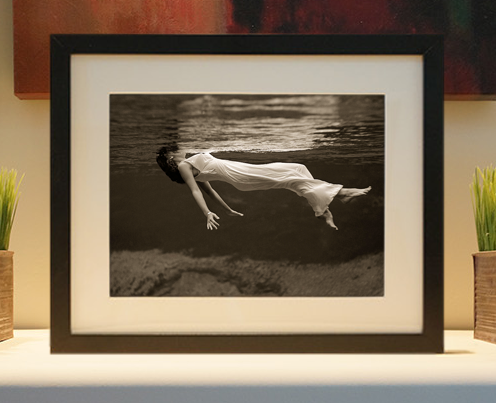
Framed or unframed, desk size to sofa size, printed by us in Arizona and Alabama since 2007. Explore now.
Shorpy is funded by you. Patreon contributors get an ad-free experience.
Learn more.

- The most dangerous fire escape I've ever seen
- Out of Place
- Sir Bedevere
- Witch way to the fire?
- Proud to be an old Coot
- That old scale
- Bowled Over
- Cat years?
- 'Why' Wyoming?
- His Master's Voice
- What! No dish under the skewer?
- Only in Hollywood?
- What's Up Doc?
- Destination?
- I'm pretty sure this was a voluntary program
- When I see chicken wire rabbit cages I think of three things
- The War Ears
- Eating the bunnies? Really?
- A love affair with a machine
- Hasenpfeffer
- Back support
- Hot type!
- Can you smell ... the news?
- Looking across the street and Flong
- Memories of my elderly hoarder neighbor
- Linotype in the Twilight Zone
- By Memory?
- Quiet place
- Line Of Type
- And no hearing protection
Printporium
Marshall Field's: 1907

Chicago circa 1907. "Marshall Field & Co. store, State and Washington Streets." 8x10 inch glass negative ("possibly by Hans Behm"), Detroit Publishing Company. View full size.
Many happy hours
I lived in the Chicagoland area (Northwest Indiana or, as it's fondly known, "da Region") from 1974 until 1991. Countless times I alone, or I and my children, or my mom, or a friend, would take the South Shore Line from East Chicago to where it terminated at Randolph Street, and walk (in later years, using the underground Pedway) to Field's and spend the day shopping. In winter I would get a locker for my coat so I could roam the floors unencumbered, finding treasure after treasure to admire and occasionally buy. I still cherish my silk-lined leather gloves purchased there in the mid-'80s. Lunch at the Walnut Room was such a grand treat. I have pictures of my mother and my two older daughters laughing over the kids' Ice Cream Snowman there, at the conclusion of our lunch one lovely Christmas. I go to Marshall Field's sometimes in my mind, and settle into the wonderful memories. And when we're in Chicago now for a Cubs game and sometimes wander as far south as State Street (as we did last fall, to have lunch at Eleven City Diner), and walk past "Macy's" ... well, I don't see Macy's. I see Marshall Field's, back in the day, in all its glory. And I can almost taste the Frango Mints and smell what the cosmetics and perfume floor smelled like. Heaven.
A Tale of Two Clocks
A prominent four-faced corner clock was added to the previous building on the site (although occupied by Marshall Field & Co., this building was called the Singer Building) in 1897. When the new section of the department store was built in 1905-1907, the architect Peirce Anderson (of the D. H. Burnham & Co. architecture firm) designed two new clocks for both corners of the State Street frontage. These clocks were fabricated by the A. E. Coleman Company in 1907. There was some controversy over the legality of all these clocks, despite the fact that the City Council had explicitly permitted their erection, because they extended over the public sidewalk. The Chicago Commissioner of Public Works, a certain Mr. John Hanberg, prohibited their installation on Sept. 24, 1907, on the grounds that they constituted illegal advertising signs. He changed his mind two days later - and the rest is history.
Give the Lady What She Wants
Was Marshall Field's slogan and he certainly did with beautiful displays and the famed multi-storied Walnut Room restaurant on the 7th floor. When Macy's was about to take over in 2005, I stopped over one last time and bought a blue Marshall Field shirt which I rarely use and still have.
Here is an article on the restaurant:
https://www.chicagohistory.org/christmas-marshall-fields-walnut-room/
Waiting for the Clock
The building was constructed in stages between 1902 and 1906 on a partitioned block with sections that were added to the building in 1902, 1906, 1907, and 1914.
This photo confirms the clock was added during the 1907 addition, with the clock anchors waiting on the building's second floor corner.
The White City
The nearest section -- "State, South" in the store's internal terminology -- would have been brand new in 1907 (and indeed the facade appears slightly lighter than that on the left, opened five years earlier). Much like the Produce Exchange, it was shown little love, being likened to a "dry goods box with holes punched in it"; but as with the former, its real glory is inside.
Cologne at Marshall Field's
The Chicago Symphony recorded Mahler's Fifth Symphony in 1997 and released it with Marshall Field's (a nine-minute walk from Orchestra Hall) on the album cover.
Note: it was recorded 4200 miles away in Cologne, Germany.

Not In Time
What this building needs is a big clock on the corner (or a ship's prow).
Different lens or cropped
We visited this scene in 2011: Marshall Field's: 1907
The photos were taken very near in time, as the same two automobiles are parked in front in both images.
The images don't quite line up - in the wider view, the camera back tilt wasn't quite parallel to the building, so the vertical lines lean a little. The narrower view is better squared up.
[One of the main differences is the orientation of the glass plate in the camera -- the first negative is 10x8 (landscape) and the other is 8x10 (portrait). - Dave]






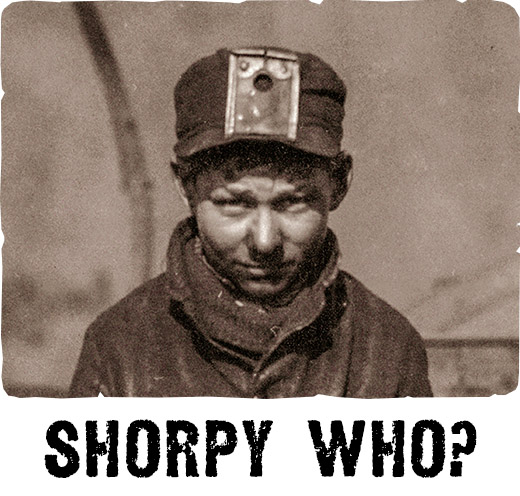
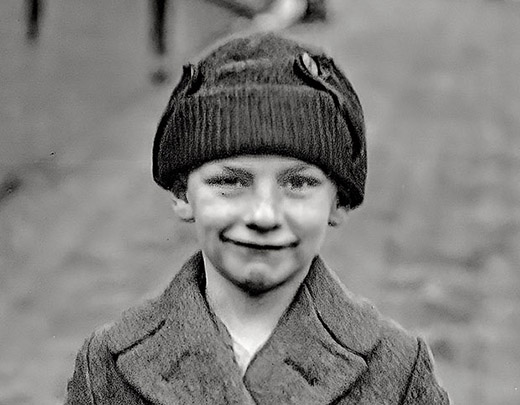
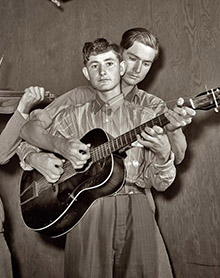
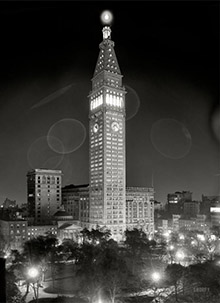
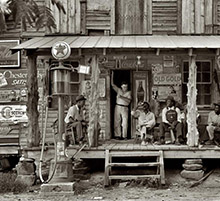
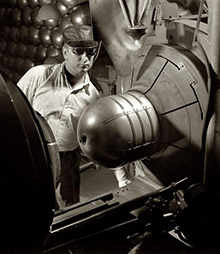
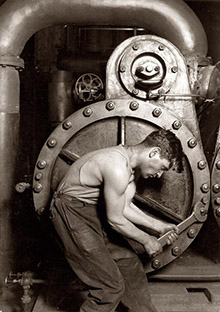
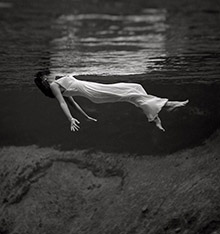
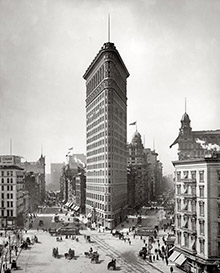

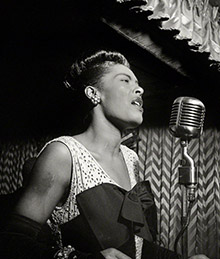
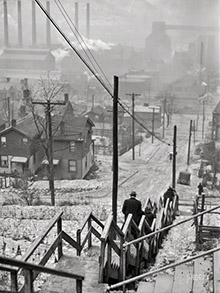
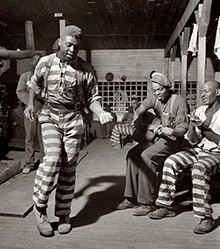

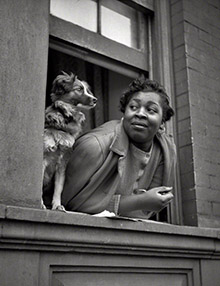
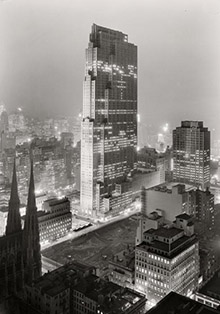

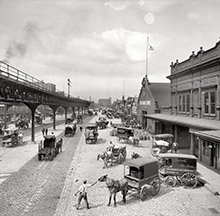
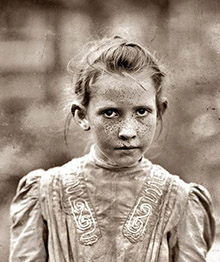
On Shorpy:
Today’s Top 5